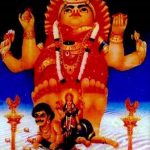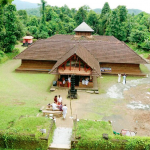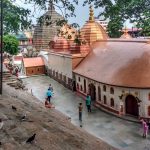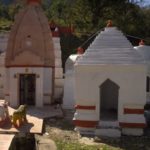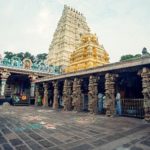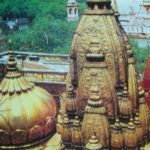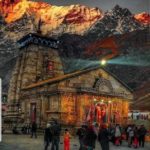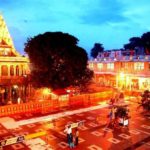The Kamakshi Amman Temple in Kanchipuram is the only temple of Devi in the holy temple town of Kanchipuram. It is the temple of Kamakshi Devi in the seated pose and is a Shakthipeetham. The temple legend is tied to the legend of the Ekambareswarar Temple, Kanchipuram. Kamakshi is the ultimate form of Parvati Devi.
History
The Pallavas, Cholas, Carnatic Kingdom and also the British ruled Kanchipuram. It was a centre of learning. Kanchipuram is important to worshippers of Lord Shiva, Lord Vishnu and Shakti. It was also a centre of Jainism and Buddhism between the 1st and 5th centuries. The temple is likely to have been built by the Pallavas. It is set in 5 acres of land. Adi Shankara, an 8th century CE scholar and saint re-established the Sri Chakra in the temple.
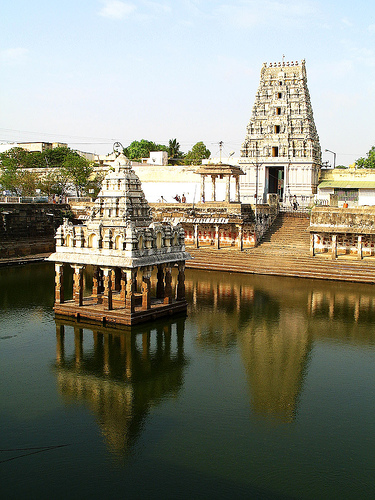
Legend
The legend of this temple is the same as that of the Ekambareswarar Temple, Kanchipuram. The Goddess Parvati did penance under a mango tree on the banks of the River Vegavathi. To test her, Lord Shiva rained fire on her. She called out to her brother Lord Vishnu who then cooled the fire with the rays of the moon taken from Lord Shiva’s head. Lord Shiva then sent the Ganges to disturb her. Parvati Devi convinced the Ganges not to disturb her as they were sisters. Finally, Parvati Devi formed a Lingam from the river sand to worship Lord Shiva. This is the Lingam in the Ekambareswarar Temple. Another legend states that the river flooded and threatened to engulf the Lingam. Parvati Devi embraced the Lingam and Lord Shiva appeared before her and married her.
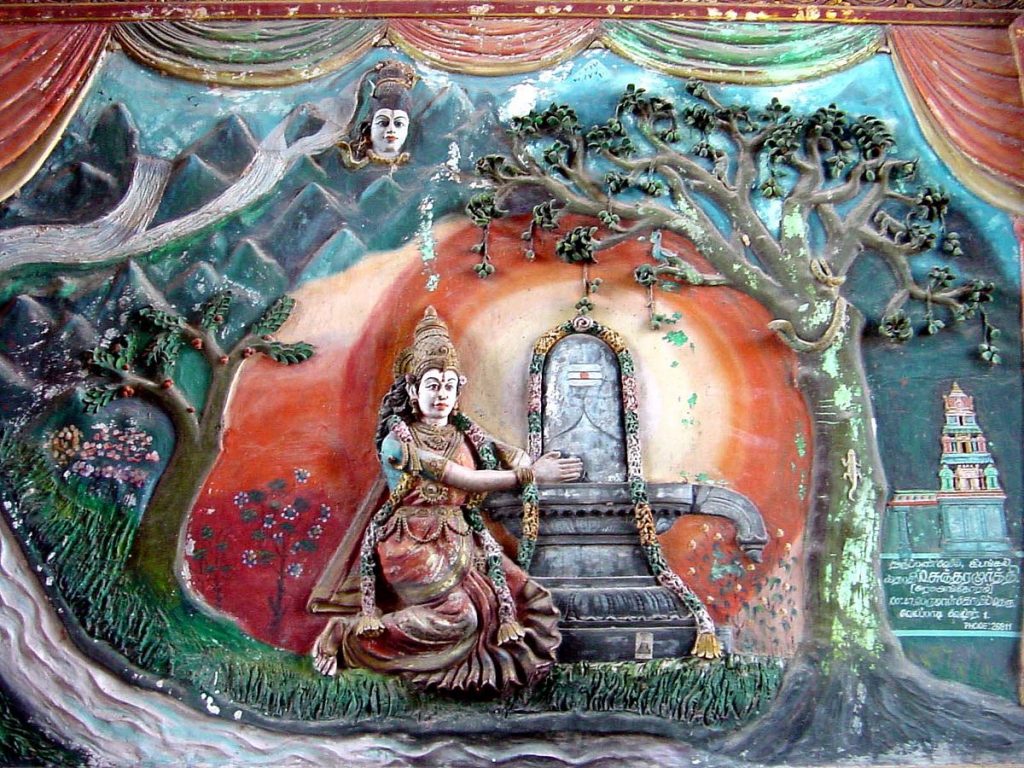
There are many Shiva temples in the area but there are no separate deities for Parvati Devi in any of the temples. Kamakshi Amman Temple is the only temple for the Devi in Kanchipuram.
Kamakshi Amman is the same as Meenakshi Amman at Madurai and also Visalakshi Amman at Varanasi. She was in the furious or Ugra Swaroopini form here. Adi Shankara requested her to become Shaniti Swaroopini and installed the Shri Chakra in the temple. During festival processions, the festival rituals start from the shrine of Adi Shankara.
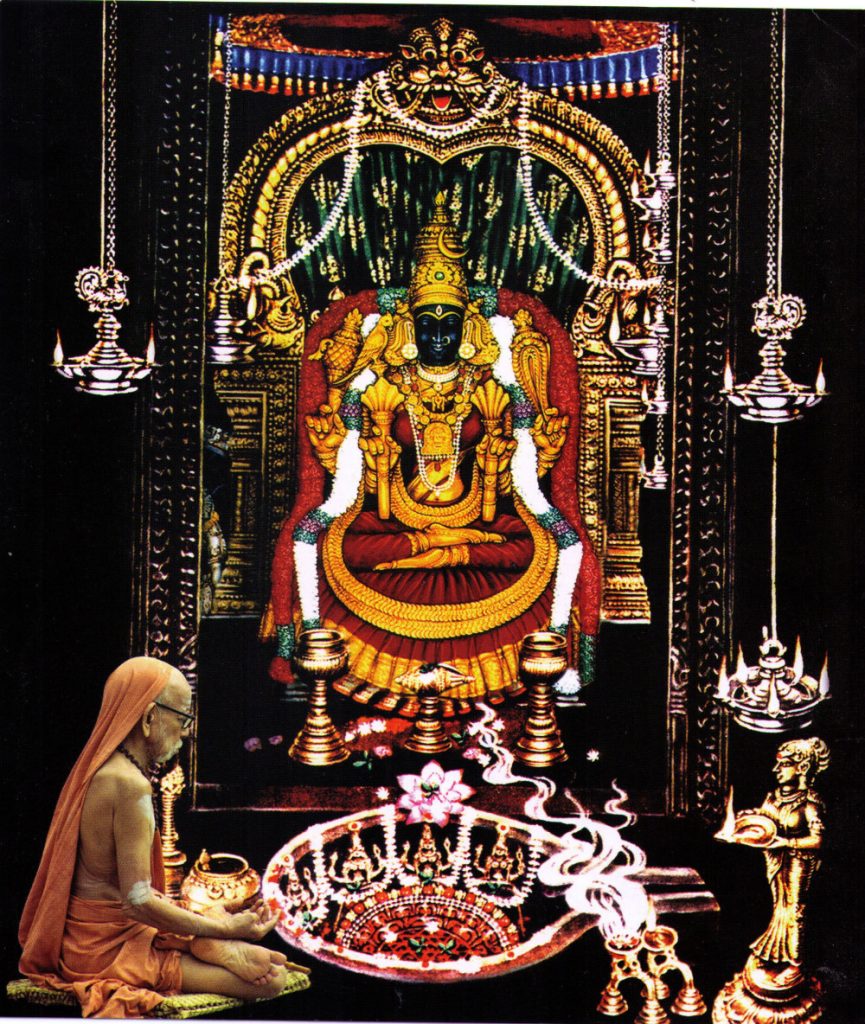
The Deities
The temple has the Devi installed in various forms:
Shri Kamakshi Para Bhattarika
This form of the Devi is the main presiding deity of the temple. She is in the Gayathri Mandapam. This Gayathri Mandapam has its own legend. The celestials built the four walls of the Mandapam to represent the four Vedas. The 24 pillars symbolise the 24 syllables of the Gayathri Mantra. The Devi in the Panchabrahmasana pose. She holds the Pasha, Ankusha, Iskhu Kodanda and Pushpa Bana.

Tapah Kamakshi
The Tapah Kamakshi form of Parvati Devi is on the right of the main Sanctum Sanctorum. This is the penance form of Devi as she appeared to do penance under the mango tree.
Anjana Kamakshi
The Anjana/Arupa Lakshmi form of Devi is to the left of the Sanctum Sanctorum. This is where Rama did penance to recover her lost beauty.
Svarna Kamakshi
Svarna Kamakshi is the deity created by Shri Vidya Parameshwari from her third eye called Ekambika. The original idol was taken away for safety from marauders and then installed in Tanjore.
Utsava Kamakshi
This idol is used for the processions, festivals as well as rituals. Unlike other temples where the consort of the presiding deity is taken along for the procession, here the deity of Devi is accompanied by the idols of Sharada and Rama.
Durvasa Maharishi
There is a shrine of Sage Durvasa in the temple. He is one of the 32 chief Upasakas of Devi. Durvasa represents the Sativika Krodha or the protective anger of the Devi that both protects and corrects her devotees. He composed the Lalita Stavaratna (Arya Dwisahti) and Para Shambhu Mahimna Stotra.
Festivals
The annual festival is in the Masi month (February-March). Navaratri, Aadi and Aipasi Pooram, Vasanta Utsavam and Sankara Jayanthi are important festivals. Fridays are special days for worship especially in the months of Aadi (July-August) and Thai (January-February).

Travel And Accommodation
Kanchipuram is about 75 kilometres away from Chennai. It is easy to access the town by road as well as by rail. There is also accommodation readily available in the town. The ancient temple town has many temples that are of great interest to the pilgrim. It is also a world-famous silk weaving centre. Kanchipuram Pattu or silk is famous. Those interested in history will also find Kanchipuram very interesting.





